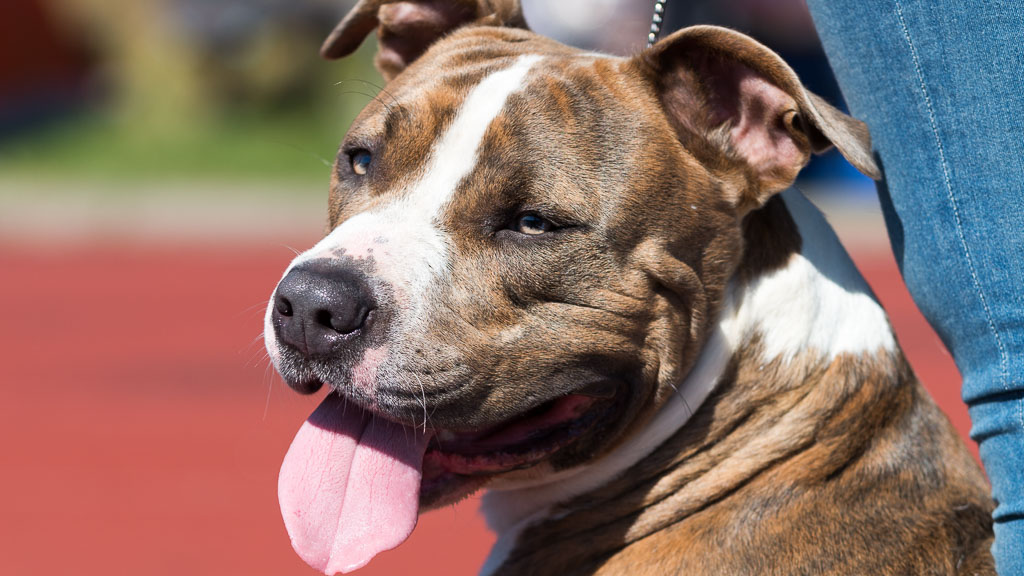The Pitbull breed has a storied history, marked by its evolution from a working dog to a beloved family pet. Despite their often misunderstood reputation, Pitbulls are known for their loyalty, strength, and gentle nature when properly raised.
This article delves into the origins, historical roles, and modern perception of Pitbulls, shedding light on their true character and the breed’s rich heritage.
Early Origins
1. Ancient Roots
The ancestors of modern Pitbulls can be traced back to ancient times. Molosser dogs, which originated in Greece, are considered the progenitors of many modern breeds, including Pitbulls. These large, muscular dogs were used for various tasks such as guarding livestock and property.
2. Development in Britain
The Pitbull breed as we know it today began to take shape in the 19th century in Britain. Breeders crossed Bulldogs with various terriers to create a dog that combined the strength and tenacity of the Bulldog with the agility and gameness of the terrier. This new breed, initially called the Bull and Terrier, was used in blood sports like bull-baiting and bear-baiting.
The Shift to America
1. Immigration and Adaptation
In the mid-1800s, as immigrants brought their dogs to America, the Bull and Terrier breed adapted to new roles. The American Pitbull Terrier emerged, bred for a balance of strength, intelligence, and loyalty. Unlike their British counterparts, American breeders focused more on the dog’s versatility and less on fighting capabilities.
2. Farm Helpers and Companions
In America, Pitbulls found a new purpose as farm dogs. They were used for hunting wild game, guarding property, and herding livestock. Their versatility and reliable nature made them invaluable to farmers and settlers. Additionally, their affectionate disposition and loyalty made them beloved family pets.
The Rise and Fall in Popularity
1. Early 20th Century Heroes
In the early 20th century, Pitbulls enjoyed a period of widespread popularity in the United States. They were celebrated as symbols of strength and resilience, often featured in advertisements and as mascots for the U.S. military during World War I. Notably, a Pitbull named Sergeant Stubby became a war hero, earning numerous medals for his bravery in combat.
2. Media and Misconceptions
Despite their positive image in the early 1900s, the latter half of the 20th century saw a shift in public perception. As Pitbulls became associated with illegal dog fighting rings and criminal activities, media coverage often portrayed them as inherently dangerous. This negative portrayal led to widespread fear and breed-specific legislation aimed at banning or restricting Pitbull ownership.
Modern-Day Pitbulls
1. Rescue and Advocacy
Today, many organizations and advocates work tirelessly to rescue, rehabilitate, and rehome Pitbulls. These groups aim to educate the public about the breed’s true nature and combat the stigma surrounding Pitbulls. Through responsible ownership and positive advocacy, the breed’s reputation is gradually improving.
2. Family Pets and Therapy Dogs
Despite the challenges they face, Pitbulls continue to prove themselves as loving and loyal companions. Many Pitbulls serve as therapy dogs, emotional support animals, and even search and rescue dogs. Their intelligence, trainability, and affectionate nature make them well-suited for these roles.
Conclusion
The history of the Pitbull is a testament to their resilience and adaptability. From their origins as working dogs to their modern roles as family pets and therapy animals, Pitbulls have consistently demonstrated their loyalty, strength, and loving nature.
By understanding their history and advocating for responsible ownership, we can help change the narrative and ensure a brighter future for this remarkable breed.


Leave a Reply